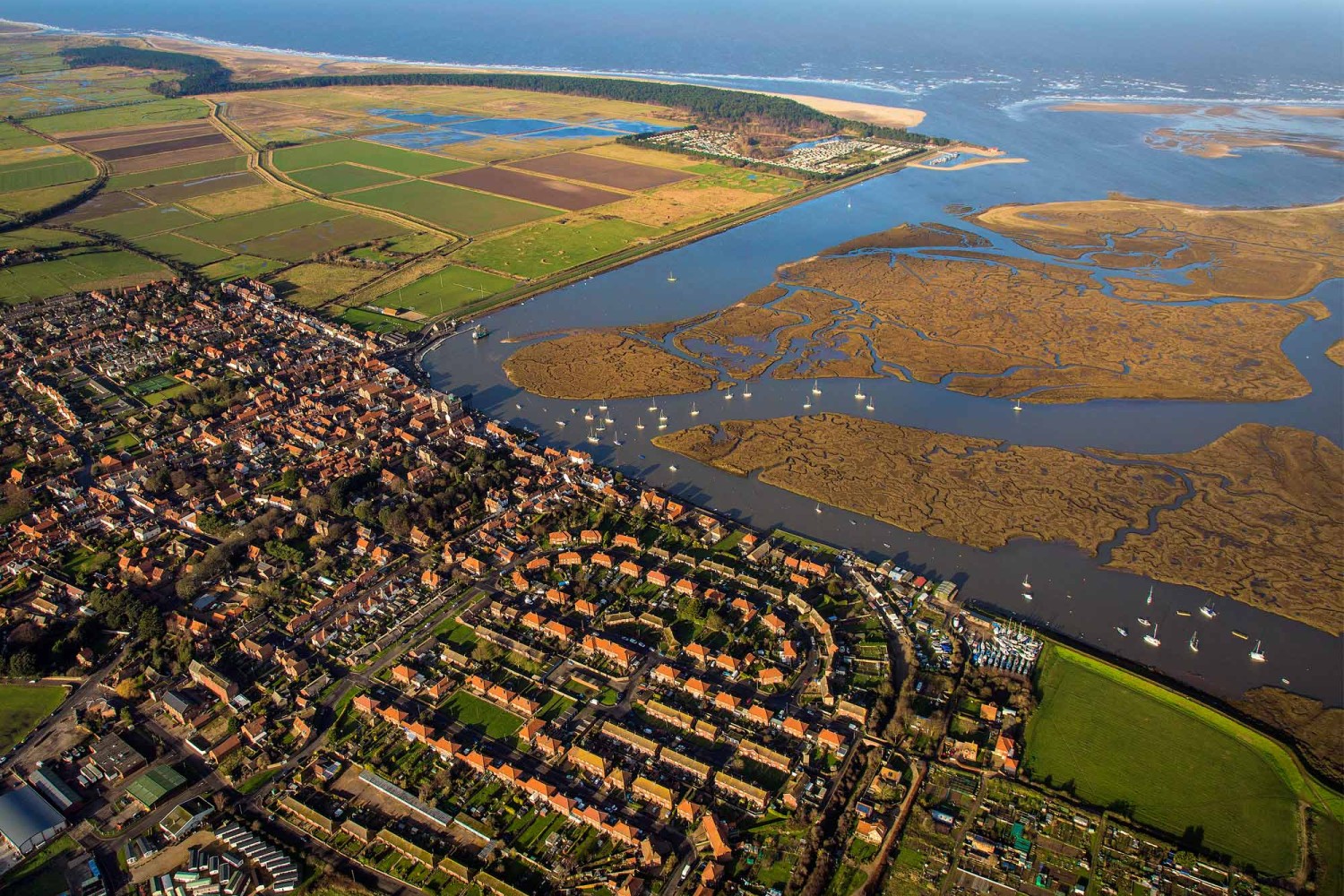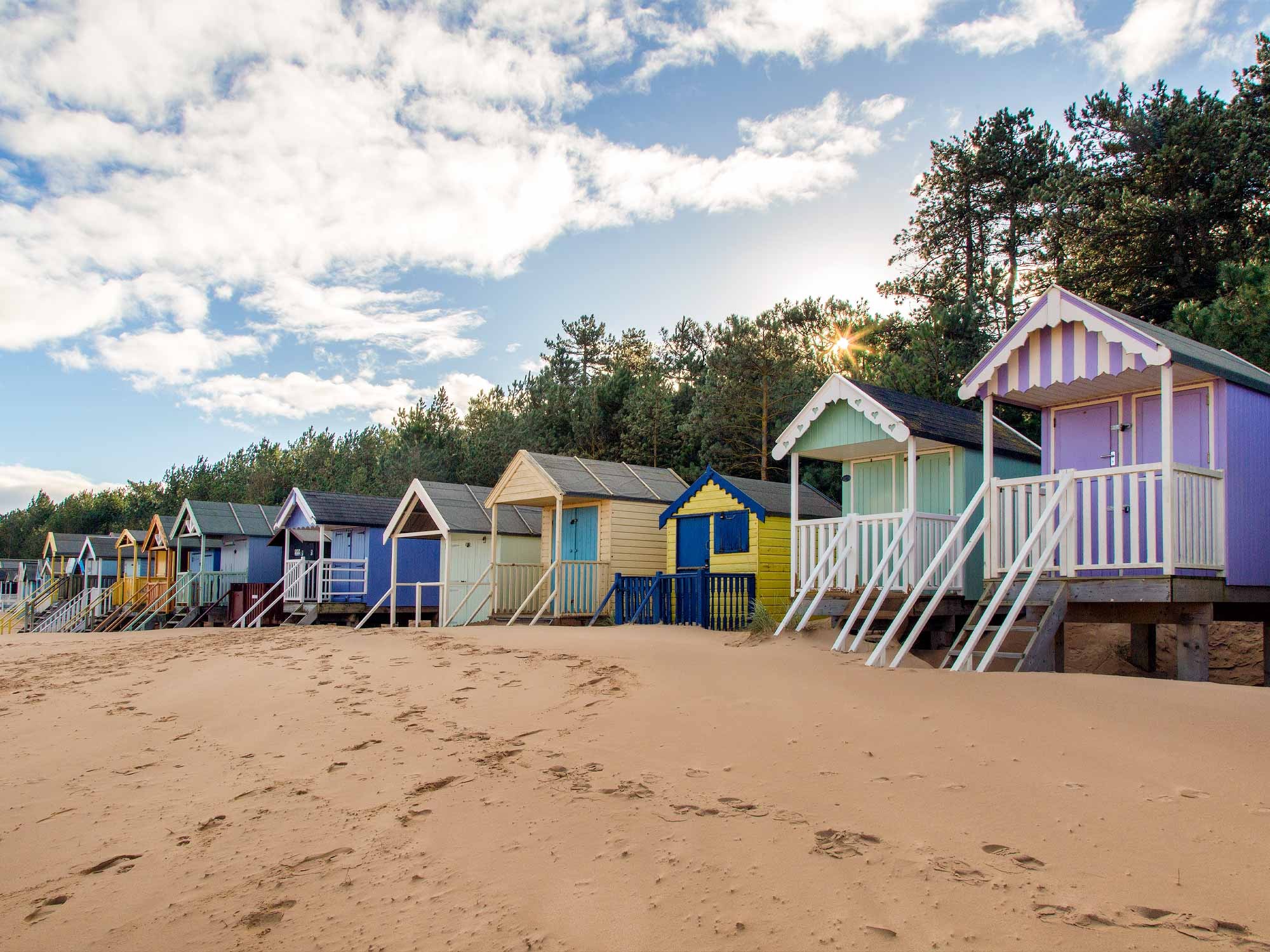
Wells-next-the-Sea
With its immediately recognisable and distinctive landmark of a massive red brick granary and overhanging gantry on the quay, Wells-next-the Sea is much more than a little seaside town. It is, in fact, one of the most attractive towns on the north Norfolk coast.
From the long sweeping beach bordered by pine woodland, along the gentle harbour with small fishing boats and children fishing for crabs, past the shops on Staithe Street (with not a chain store in sight), to the tree-lined park with its fine Georgian houses, quiet pubs and restaurants - Wells-next-the-Sea is a secret waiting to be told. Even its name is a delight.
Mentioned in Domesday Book, the name derives from the many clear spring wells in the town (over 180 of them at one time) and the fact that it’s obviously right next to the sea.
Early on, the town was a fishing port, sending its small ships as far as Iceland and supplying corn to London as long ago as the 1300s. By the 16th century, Wells-next-the-Sea was a significant port with 19 seagoing ships operating out of its harbour. Lots of sailors require lots of pubs, and the town once had a remarkable number. Even Horatio Nelson used to pop over from Burnham Thorpe to drink at the Wells Club.
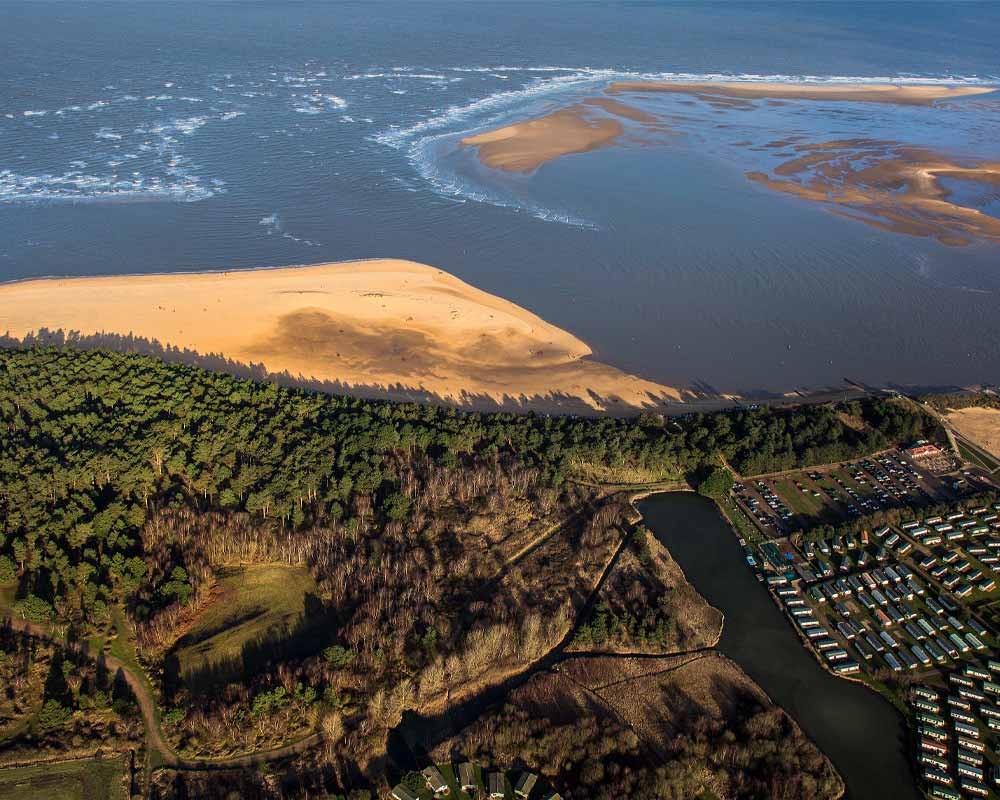
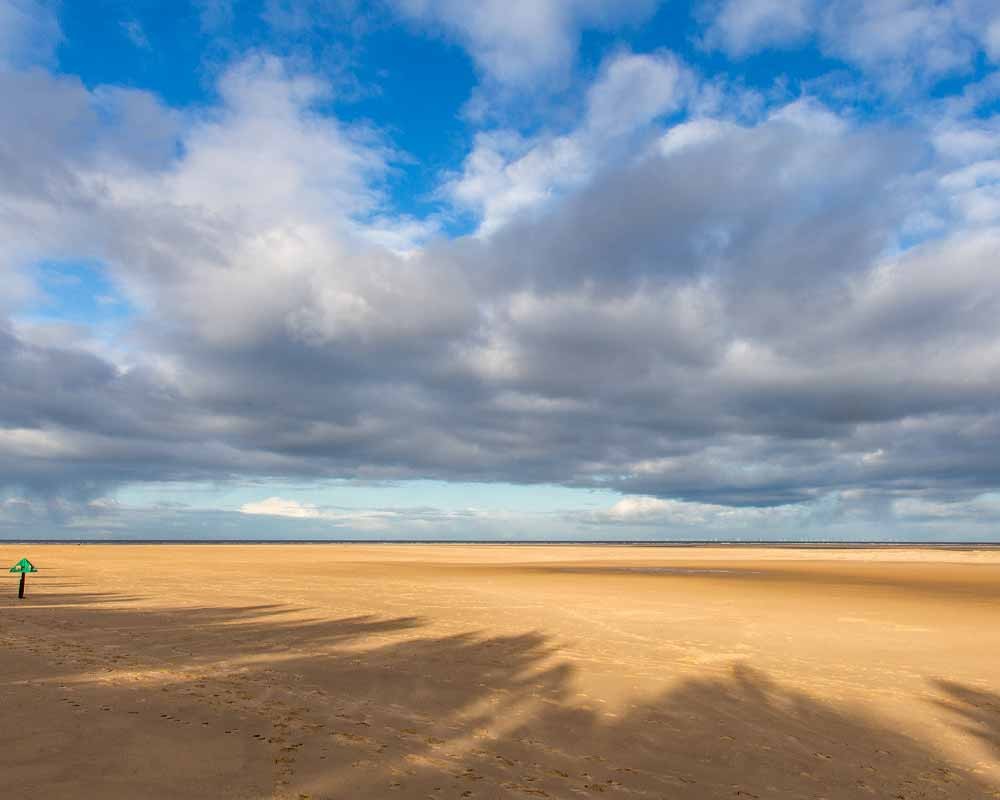
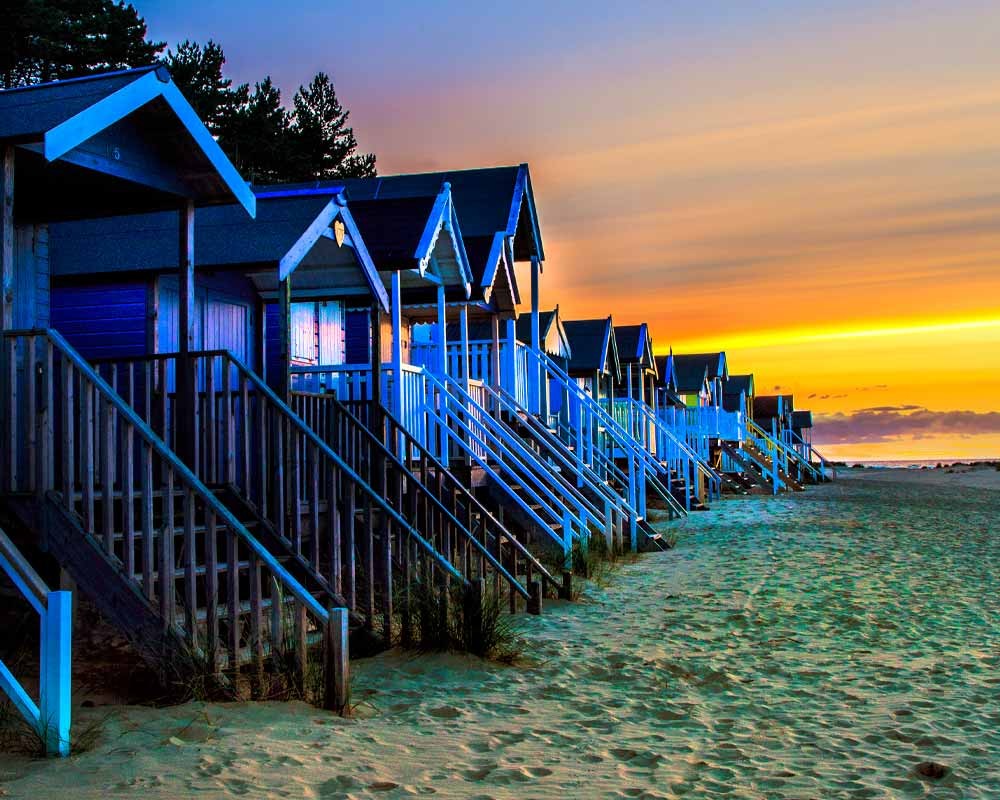
A charming little steam railway runs from Wells-next-the-Sea to Walsingham – the longest 10¼”-gauge railway in the world by the way – making a perfect family attraction for a day out.
Even today, for a town with a population of only 2,500, there are plenty of good pubs to be found.
The northern end of the town used to be notable for parallel “yards”; narrow rows of cottages which could be relics of Viking occupation. A few remain, but were largely lost in the terrible flood damage of 1953 and the subsequent slum clearance.
The sea is always unpredictable, and the lifeboat at Wells-next-the-Sea has a heroic history of lifesaving from wrecked ships – but the original lifeboat station on the quay was superseded by a new one nearer the open sea in 1897.
A charming little steam railway runs from Wells-next-the-Sea to Walsingham – the longest 10¼”-gauge railway in the world but the way – making a perfect family attraction for a day out. Fish and chips eaten on the quay or lunch on board the 1899 wherry Albatros are a couple of choices that are a must for any visitor. And don’t forget to visit the church to see the burial place of Wells-born John Fryer, the sailing master of the ill-fated HMAV Bounty.
Wells has pulled off a clever trick – a seaside town with amusement arcades, ice-cream parlours and souvenir shops while remaining a year round town full of history, interest and natural wonders.
